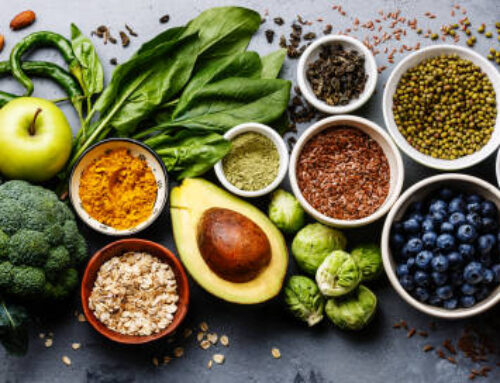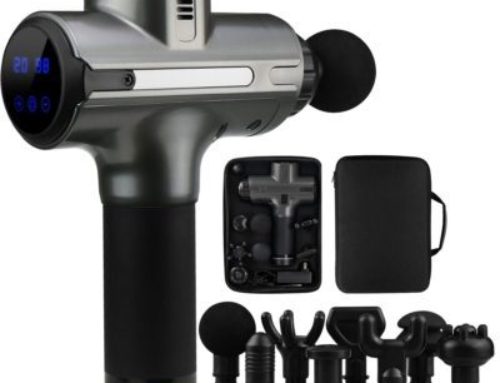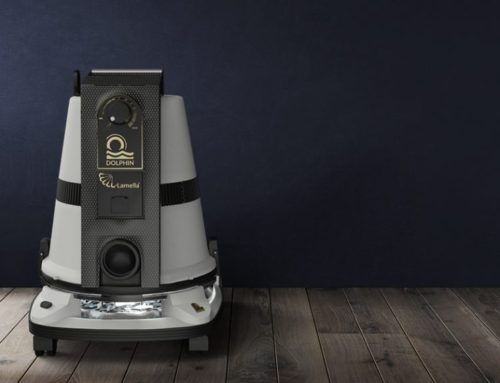To fight the Coronavirus (COVID-19), it is important to do home disinfection. In addition to the common 75% alcohol and chlorine-based bleach, disinfection products such as hypochlorous acid water and chlorine dioxide have recently became popular. Are these disinfectants effective at killing viruses? How to use it correctly?
Home disinfection: What is the difference between 75% alcohol, bleach, hypochlorous acid (HOCL) and chlorine dioxide?
Cleaning And Disinfecting Your Home
Many product recommend:
- Keeping surface wet for a period of time.
- Precautions such as wearing gloves and making sure you have good ventilation during use of the product.
● 75% alcohol ( Alcohol solutions with at least 70% alcohol may also be used )
Alcohol can kill almost all bacteria, coronaviruses and influenza viruses with envelopes, but can’t eliminate enteroviruses and noroviruses without envelopes.
Compared with the other three disinfectants, alcohol can be used on human skin, but avoid open flames.
● Sodium hypochlorite (chlorine bleach)
Diluted household bleach solutions may also be used if appropriate for the surface.
Commercially diluted chlorine bleaching can effectively kill bacteria, enveloped viruses, and no enveloped viruses.
Dilution with 1: 100 ratio (500 ppm) of bleach water can disinfect general environment and supplies. While dirty places such as bathroom or toilet surface should be disinfected with 1:10 (5000 ppm) dilution. Wipe disinfection requires at least 10 minutes, and soaking disinfection takes more than 30 minutes.
Because bleach is irritating, you need to wear a mask and goggles, wear long-sleeved clothes and gloves before starting to dilute, avoid direct contact, and maintain ventilation in the room. Diluted bleach should only be used on the same day to avoid reducing effectiveness.
● Hypochlorous acid (HOCL) water
Hypochlorous (HOCL) water with a concentration of 100 to 300 ppm can use for environmental disinfection. It can kill bacteria, enveloped viruses and non-enveloped viruses. But its nature is relatively unstable, and you should use up as soon as possible after opening the product.
● Chlorine dioxide
Chlorine dioxide can kill bacteria, enveloped viruses and non-enveloped viruses. Most of the products on the market are lozenges, which should be prepared strictly according to the product instructions.
- Conclusion
Hypochlorous acid water and chlorine dioxide are relatively unstable chemicals, which are easy to decompose to reduce the concentration and affect the disinfection effect.
Sodium hypochlorite, hypochlorous acid water, and chlorine dioxide can be used to sterilize food containers. Nonetheless that you still need to rinse it with clean water after disinfection, and the total effective chlorine residue must not exceed 1 ppm. However this is difficult for us to grasp. As a result, we recommend to immerse in boiling water for 10 minutes to clean it out.
In addition, containers containing 75% alcohol, diluted bleach, hypochlorous acid, and chlorine dioxide can use in glass bottles. If you use plastic bottles, choose plastic bottles with IDs 2 and 5. For other plastic products, these disinfectants may melt and release poisons such as plasticizers. Undiluted bleach (5% to 6%) should not be stored in airtight glass bottles for a long time to avoid explosion caused by accumulated pressure.
Chlorine-containing disinfectants lose their effectiveness when exposed to light and are corrosive. Therefore, the container must be opaque and should not place in metal bottles. Alcohol can be divided into aluminum cans. The above disinfection water is recommend to store in a cool place and away from children.

Note :
Chlorine-based disinfectants should not use on the skin. Should avoid to use like bleach, hypochlorous acid and chlorine dioxide on skin. According to the FDA, they are currently classified as environmental drugs regulation.
A high concentration of disinfectant can kill microorganisms, it may also hurt the skin; a low concentration may not sterilize. If you want to clean your hands, “washing your hands frequently with soap is the best and safest way.”
However, hypochlorous acid has become quite popular recently, and some people use it for disinfecting their bodies. You will probably see on the labeled indicate it can clean food, but you still need to be very careful for that. If hypochlorous acid water can be used on the skin, it probably in low concentration which means ” it will potentially in a vulnerable situation.”
Doctors emphasize that “hypochlorous acid is not non-toxic, so don’t use it indiscriminately.” Hypochlorous acid can harm human cells, and it may cause dermatitis when use on the skin. Affects the probiotics that are symbiotic with the skin.
You may be interested at ….





